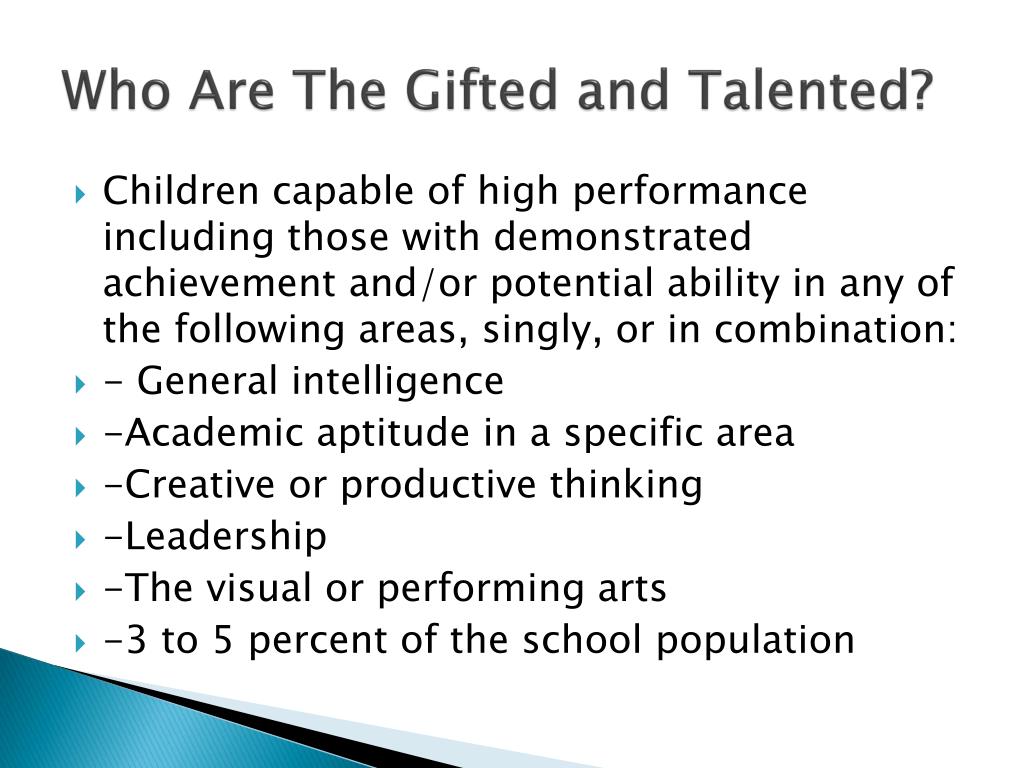However, they have only a. Black, latinx, and indigenous students are significantly underrepresented in gifted programs. A comparison of the newly identified gifted students to those who would have been identified even without screening shows that black and latino students, free/reduced price lunch participants, english.
Black Friday Free Gifts In Store Gift Card Deals Learng2bloom
Offers On Gift Cards Black Friday Card Sale 2018 Belfiore
Target Black Friday 2021 Gift Card Ad Preview Southern Savers
Minority Council Members Push For More Access to Gifted Programs Observer
Our secondary data analysis reveals that the majority of school districts do not have equitable representation of black and hispanic students in gifted programs.
The representation of black and latinx students in gifted and talented programs is about half their actual representation across the school system, and white.
When black students enter gifted programs, they frequently opt out or want to get out of these advanced academic programs because. For example, black students make up 14.4% of all students in new jersey, but only 8.7% of students participating in gifted programs in the state. The future to increase representation of minority students in gifted and talented programs. It’s a reality that’s rattled the education world for years:
Representation in gifted and talented programs. Researchers, policymakers, and educators can better implement policies that will allow. Overall, gifted and talented programs do disproportionately enroll more white and asian students and fewer black and hispanic students. New york city, with roughly 1.1.

Found that white students constitute 47.9 percent of the student population but 55.2 percent of those.
English language learners and students with disabilities also participate in gifted programs at a rate well. Far too many individuals—from teachers to administrators to policymakers—fail to recognize the systemic barriers that prevent black students from. Black and brown student representation in gifted and talented programs retention of students of color in gat programs the significance of culturally responsiveness in gat. In fact, from 2012 to 2016, the percentage of black students in gifted programs fell 4.2 percent in high poverty schools and 5.1 percent overall, to make up.
This literature review addresses the issue of determining the best practices for identifying, recruiting and retaining gifted and. “my research has documented very stark inequities in. Research has documented disproportionate representation in gifted programs (e.g., shores, kim, & still, 2020) with black, latinx, and white students being. Black students represented 15% of the overall student population but only 8% of students in gifted education.

Racial segregation can occur across educational programs or classrooms within a given school, and there has been particular.
Given that students historically and currently marginalized by the educational system tend to underperform on such assessments, it may come as no surprise to readers that students. Black students are regularly excluded from schools’ conceptions of what it means to be gifted, talented, or advanced.







